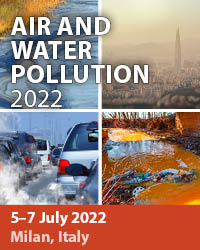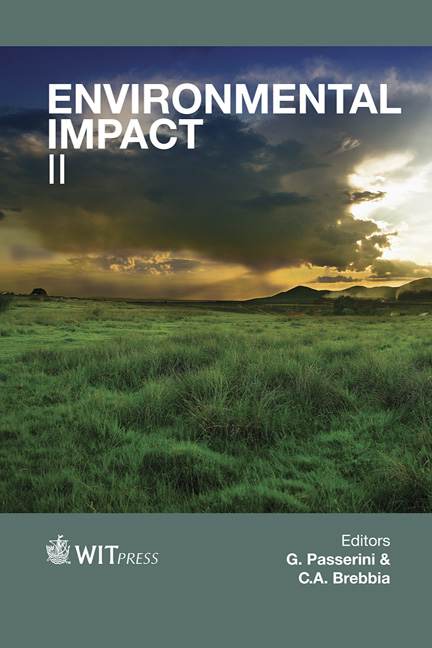Simulation Of CO2 Capture From An Aluminium Production Plant
Price
Free (open access)
Transaction
Volume
181
Pages
11
Page Range
729 - 739
Published
2014
Size
501 kb
Paper DOI
10.2495/EID140621
Copyright
WIT Press
Author(s)
S. Dayarathna , A. Weerasooriya , S. Hussain, M. Zarsav, A. Mathisen, H. Sørensen & M. C. Melaaen
Abstract
Effective capture of CO2 from different industrial processes is considered as an important strategy with the growing concern over the greenhouse gas emission issue all around the world. The aluminium industry accounts for a large amount of CO2 emissions into the atmosphere during its operations annually, generally at low CO2 concentrations below 1 vol% which eventually makes the CO2 capture process more difficult and costly. Therefore, the CO2 capture process at different alternative flue gas streams having CO2 concentrations of 3, 4, 7 and 10 vol% were simulated to analyze the effect of CO2 concentration and other process parameters on re-boiler energy demand and the capture efficiency of the plant. Post combustion capture together with chemical absorption has been selected for this study and monoethanolamine (MEA) has been selected as the CO2 capture solvent. An open loop CO2 capture process was modeled and simulated using rate based electrolyte NRTL property method in Aspen Plus in order to observe the variation of specific re-boiler heat duty and the capture efficiency with the different process parameters. The capture efficiency of the process was kept at 85% and 90% to observe the effect of main process parameters including absorber height, absorber diameter and stripper height on the specific re-boiler heat duty at the stripper. The results from the simulations indicated that the optimum specific re-boiler heat duty for the flue gas CO2 concentrations from 3 to 10 vol% lies within the range of 3.56 to 3.60 MJ/kg of CO2 captured for 85% efficiency and 3.59 to 3.61 MJ/kg of CO2 captured for 90% efficiency respectively. Optimum specific re-boiler heat duty shows a small difference, between 3 and 10 vol% CO2 concentrations for a given capture efficiency and between 85% and 90% capture
Keywords
aluminium production plant, flue gas, post combustion, carbon dioxide capture, aspen plus, simulation, process optimization





